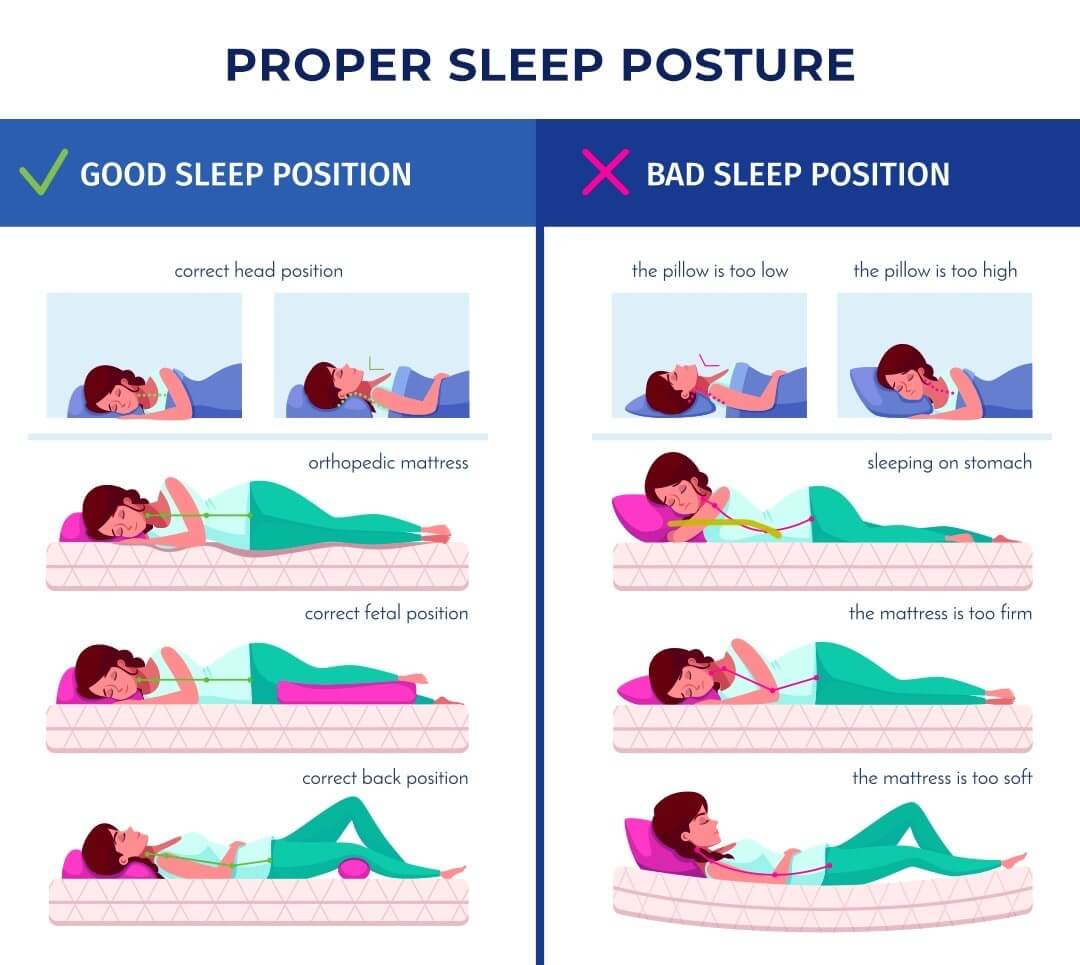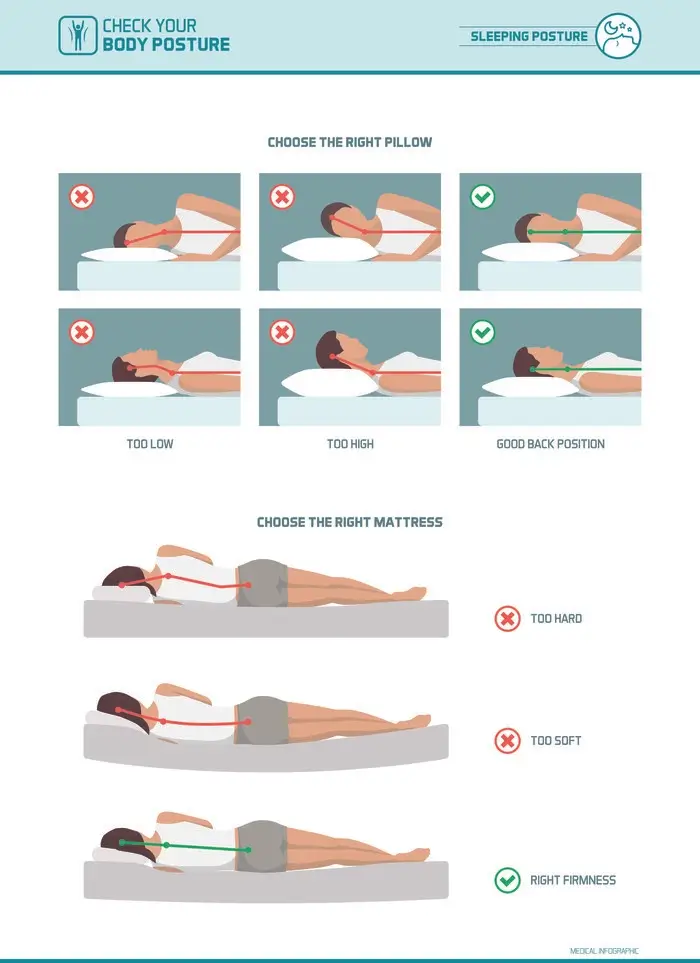
We spend roughly one-third of our lives sleeping, yet many of us overlook the impact of our sleep environment and posture on our musculoskeletal health. Just as ergonomics are crucial for your workspace, "sleep ergonomics" are vital for ensuring your body is properly supported and aligned throughout the night. Poor sleep habits can contribute to chronic neck pain, back pain, shoulder stiffness, and headaches. Here's how to optimize your sleep for a pain-free morning.
The Impact of Poor Sleep Posture
When you sleep in awkward positions or on an unsupportive mattress, your spine can lose its natural curves, placing unnecessary stress on your muscles, ligaments, and joints. This can lead to:
- Increased muscle tension and trigger points.
- Pinched nerves.
- Joint stiffness and pain upon waking.
- Aggravation of existing conditions like disc herniations or arthritis.
- Disrupted sleep patterns, leading to fatigue and poor concentration.

Optimizing Your Sleep Ergonomics
1. Choose the Right Mattress
- Support is Key: Your mattress should support the natural curves of your spine, keeping it in neutral alignment.
- Firmness: A medium-firm mattress is often recommended for most people, providing a balance of support and comfort. Too soft can lead to sagging, too firm can create pressure points.
- Age: Mattresses typically need replacing every 7-10 years as they lose their support.
2. Select the Right Pillow
- Neck Support: Your pillow should fill the gap between your head and shoulders, keeping your neck in line with your spine.
- Back Sleepers: A thinner pillow with extra loft in the bottom to cradle the neck is ideal.
- Side Sleepers: A thicker, firmer pillow that fills the space between your ear and shoulder, keeping your head level.
- Stomach Sleepers: This position is generally not recommended as it forces your neck into rotation. If you must, use a very flat pillow or no pillow to minimize strain.
3. Master Your Sleep Position
- Side Sleeping (Recommended): Place a pillow between your knees to keep your hips, pelvis, and spine aligned. Ensure your head pillow keeps your neck neutral.
- Back Sleeping (Recommended): Place a small pillow under your knees to maintain the natural curve of your lower back. Your head pillow should be thin enough to keep your neck neutral.
- Stomach Sleeping (Avoid if possible): This position puts significant strain on your neck and lower back. If unavoidable, try sleeping without a head pillow or use a very thin one, and place a pillow under your pelvis to reduce lumbar curve.
When to Consult a Physiotherapist
If you wake up regularly with neck or back pain, despite trying different mattresses and pillows, a physiotherapist can help. We can:
- Assess your posture and movement patterns.
- Identify any underlying musculoskeletal issues contributing to your pain.
- Provide specific advice on optimal sleep positions and pillow/mattress selection for your body.
- Offer exercises and stretches to alleviate pain and improve flexibility.
A good night's sleep is foundational to good health. By paying attention to your sleep ergonomics, you can significantly reduce pain, improve sleep quality, and wake up feeling truly refreshed. Contact Arogya Physiotherapy to ensure your body is supported even while you rest.